On this page we will try to tell you of radioecology and its main tasks, as well as of their realisation in studies that were carried out on the territory of exclusion zone.
Radiation ecology is a branch from two, independent, scientific discipline, such as general radiobiology and ecology. This is rather young scientific direction, which has gained particular relevance after mass testing of atomic weapon. By then it was become comprehensible, that contamination by radionuclides was occurring not on the local level (nuclear test areas, industrial places of atomic industry enterprises), but brings to consequences of global scale. By this, basically, are defined cardinal principles of the given science, which is considered in studying of distribution, migration and rotation of radionuclides in the biosphere as well as by influence of ionization radiation on ecological systems (biogeocenoses and organism populations). Radioecology is branched in radioecology of terrain biogeocenoses and radiation ecology of hydrobiocenoses (sea and freshwater).
Certainly, in natural conditions organisms are irradiated for the account of natural background of ionization radiation, which is caused by radiation of radioactive isotopes in lithosphere, hydrosphere and atmosphere, and by cosmic radiation. Radiation rate is determined by the natural background in the biosphere, so it is rather small, approximately 0,1 rad an year, and in most cases it does not produce an observable influence upon alive organisms. As a result of appearance additional amount of radionuclides in the biosphere (radiation sources) alive organisms were subjected both to irradiation, caused by the natural radioactive background and to artificial radioactive nuclides (not only external but also internal exposure from incorporated radionuclides).
Because of different radiosensitivity of plant and animal species irradiation of natural biocenoses can bring to change ones species by others, to change of interspecific and intraspecific relations. Radiation and genetic changes appear in irradiated populations, natural mutative rate increases, it is occurring radiostability deviance on population level.
Contamination of extensive territory by artificial radionuclides, both in Ukraine (Chernobyl exclusion zone and zone of the unconditional (obligatory) eviction, Kiev, Zhitomir, Rovno region), and abroad (Belorus, Russia, Sweden, Finland etc), as a result of the ChNPP accident, has attracted attention of radioecologists to study the ways of radionuclid migration in the biosphere. Radioactive materials, including long-lived radionuclides of strontium and caesium are moving by certain biological chains, for instance soil – plant – animal – person. Study of artificial radioactive nuclide migration in biocenoses and in food chains is required for evaluation of their accumulation in separate sections of biological chains and for possible consequences of additional irradiation created by them in plant, animal and person. Practical interest are presented radioecological studies that were carried out on these territory, which have allowed to realize regularities of radionuclide accumulation in cultural plant and in animal organism, as agriculture and stock-breeding products are sources of radionuclide fluxes in organism of person.
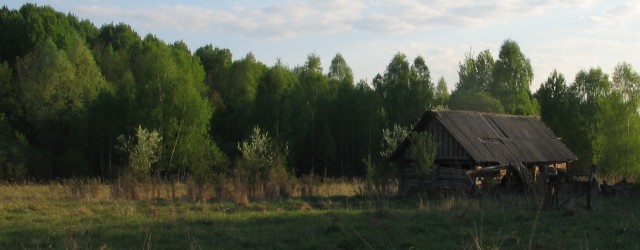
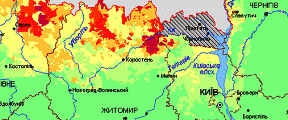



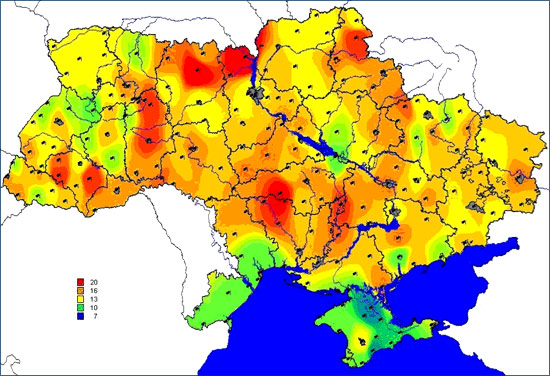
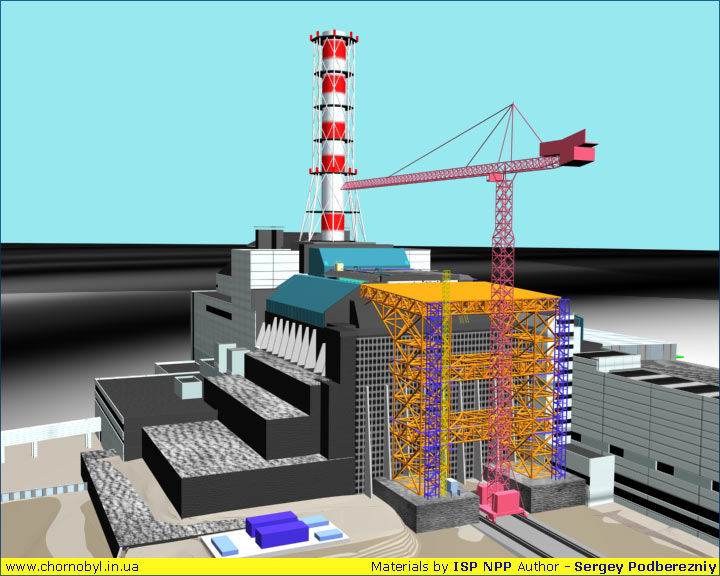
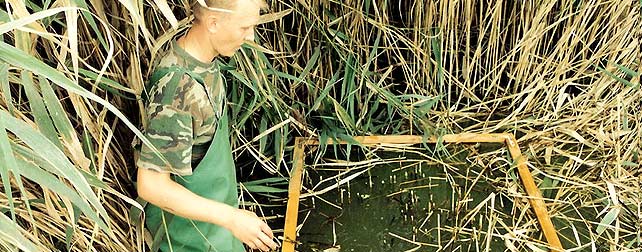

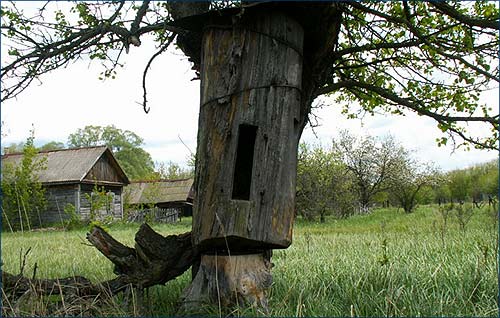
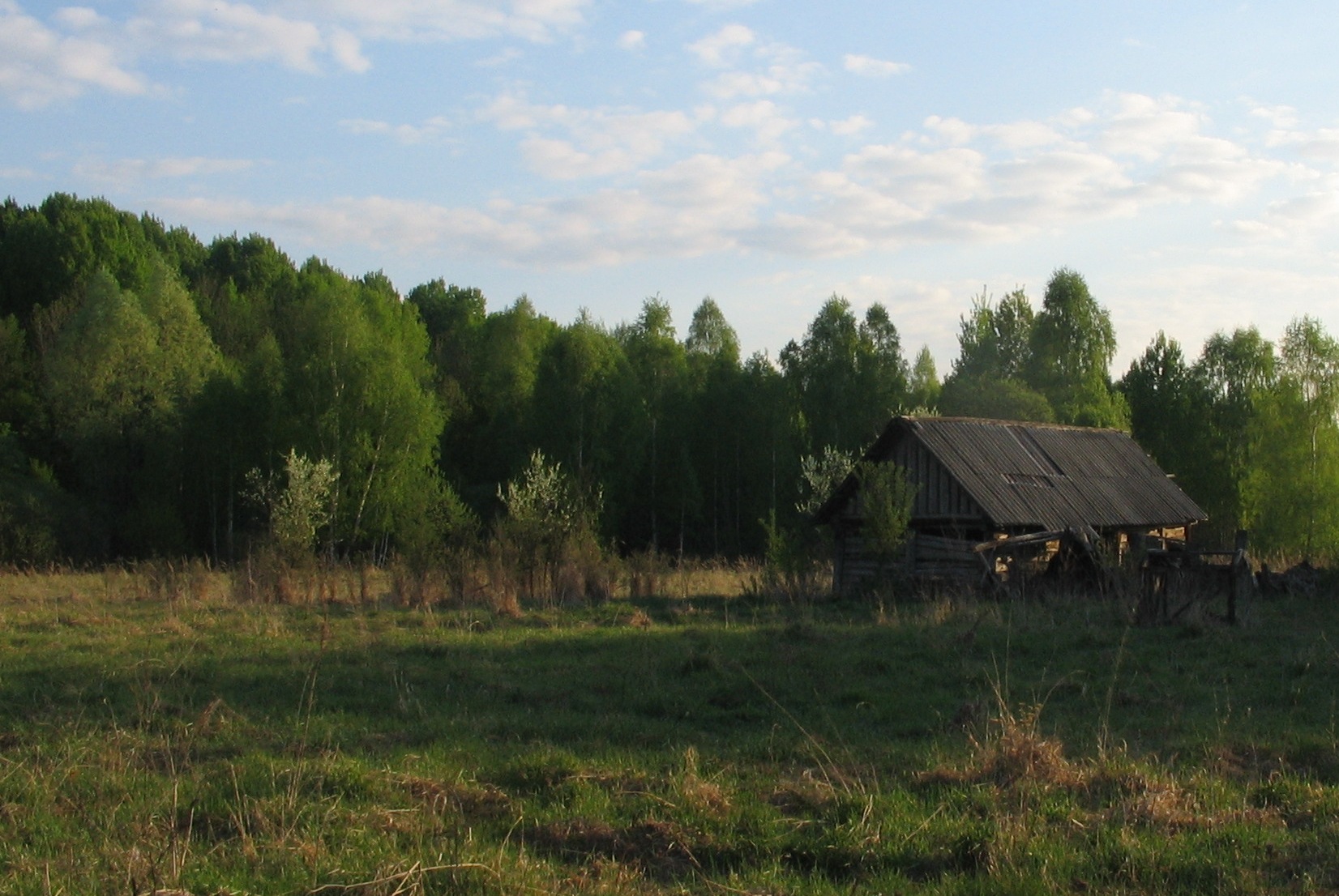
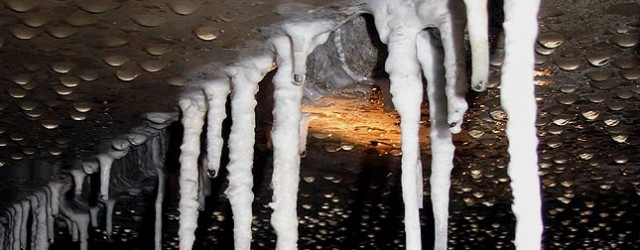





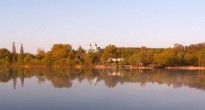
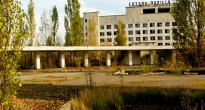
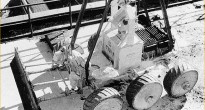
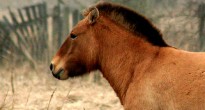
 Russian
Russian